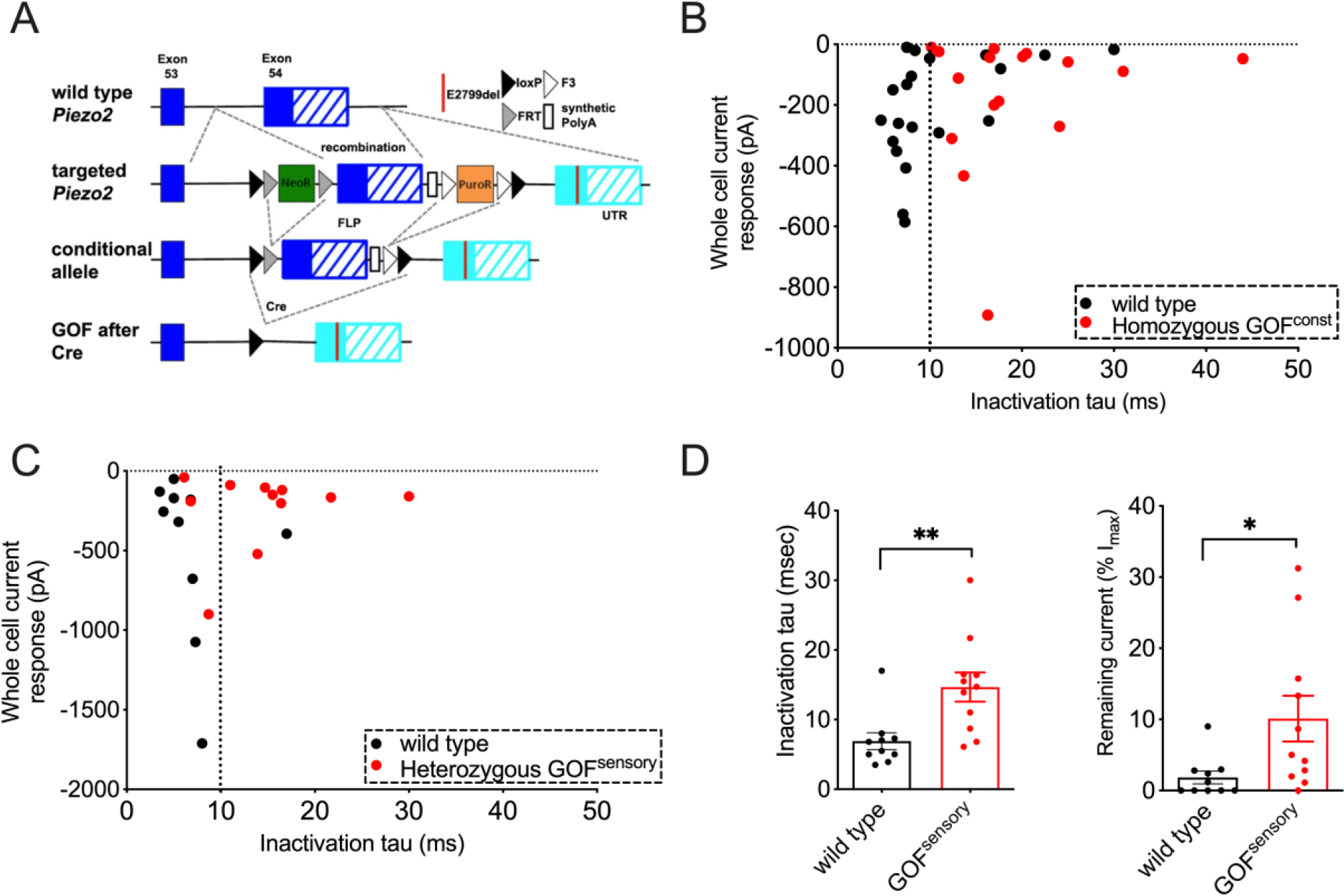Figure 1. Gain-of-function (GOF) PIEZO2 increases mechanosensitivity of sensory neurons.

(A) Conditional GOF Piezo2 mouse model. Cre-dependent replacement of wild type exon (blue) by GOF-carrying exon (cyan). (B) Mechanically activated currents and inactivation time constant (tau) in DRG sensory neurons from wild type (black) and constitutively homozygous GOF Piezo2 mice (red). 87% WT and 70% GOF neurons were responsive to the stimulus. (C) Mechanically activated currents and inactivation time constant in Tdtomato+ neurons from PvalbCre/Ai9 (wild type, black) and GOF Piezo2; PvalbCre/Ai9 mice (red). (D) Bar graphs representing inactivation time constant (ms) and remaining current at the end of the stimulus (% of Imax value) in DRG sensory neurons. *p < 0.05, **p < 0.01, and ***p < 0.001 (Student’s t-test). Each data point represents a single DRG neuron.
